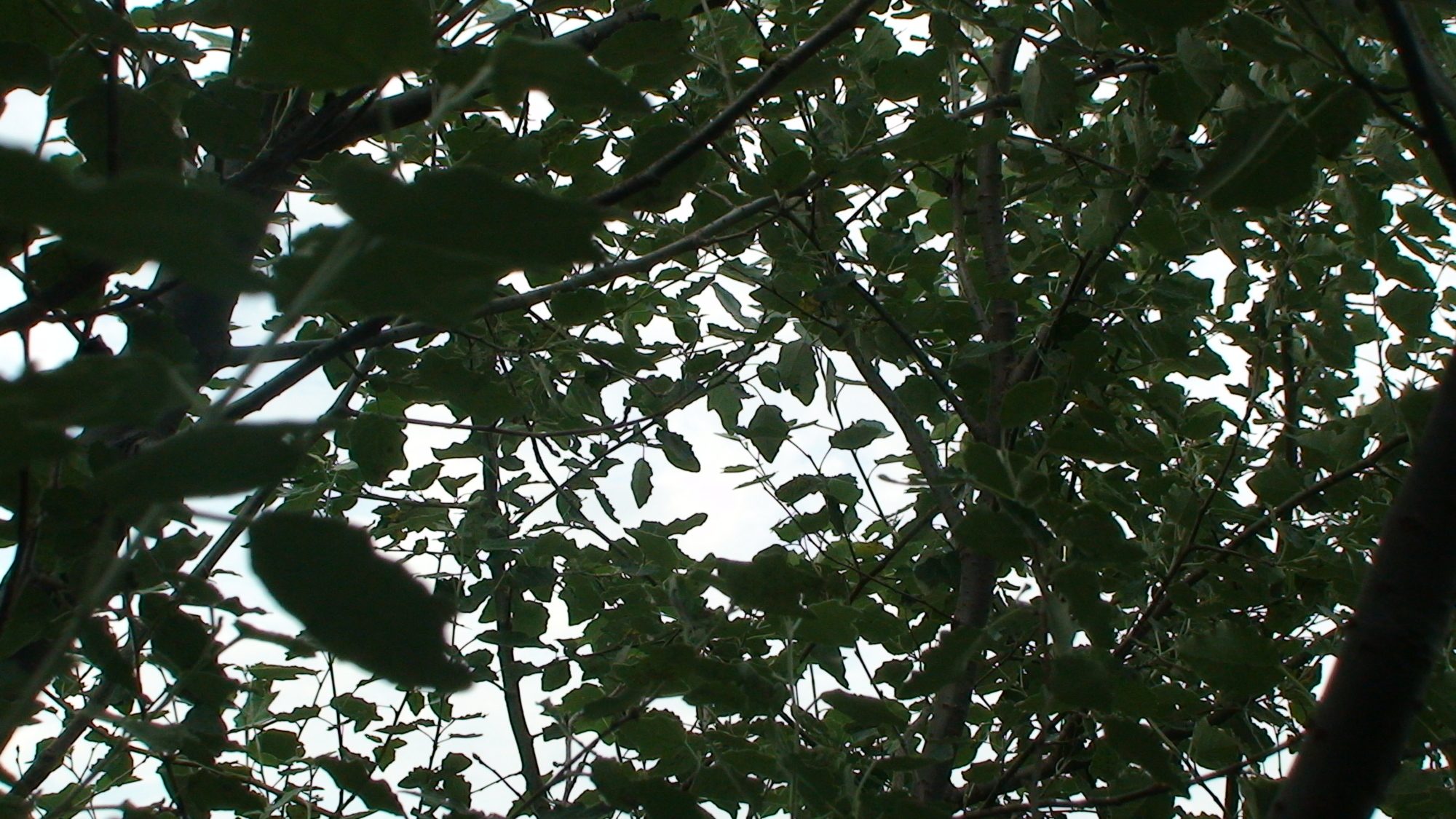Very interesting. Is this an instinct related to Dominiques? I have 4 dominique chicks, and I will be picking a new roo in the winter. I have not seen anything like that in rooster behavior, however, I have only been having roosters for about 6 years. My next roo will be my 4th.
Last summer, I had a good rooster. I had not lost a hen in over a year. The hens looked a little rough, but they adored him, and he was not aggressive to me. However, I did have a hen with chicks, and he ignored her and the chicks. When I opened the run in the morning, he would take himself and the layers out to forage. The hen with chicks, would also go forage, but she tended to stay closer to the coop, and quite separate from the other group.
As the chicks got older, the groups got closer together. In the winter, mine spend more time and more days locked in the run, depending on the weather. Wind seems to make them more vulnerable to day time predators..... and the flock became one. Late in the fall, my roo was attacked and lost all his tail feathers, and a couple of weeks later, lost him and a hen all together.
The roo I raised over the winter, was a no go, poor fertility and aggressive attitude.
This is quite interesting. I live in western SD, on a very rural ranch. I have just had hatchery hens, and this year, ordered some through Sandhills Preservation, with the idea of playing with some more heritage breeds. The dominiques were not what I ordered, but rather to make the numbers up.








